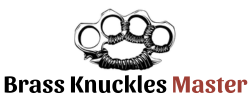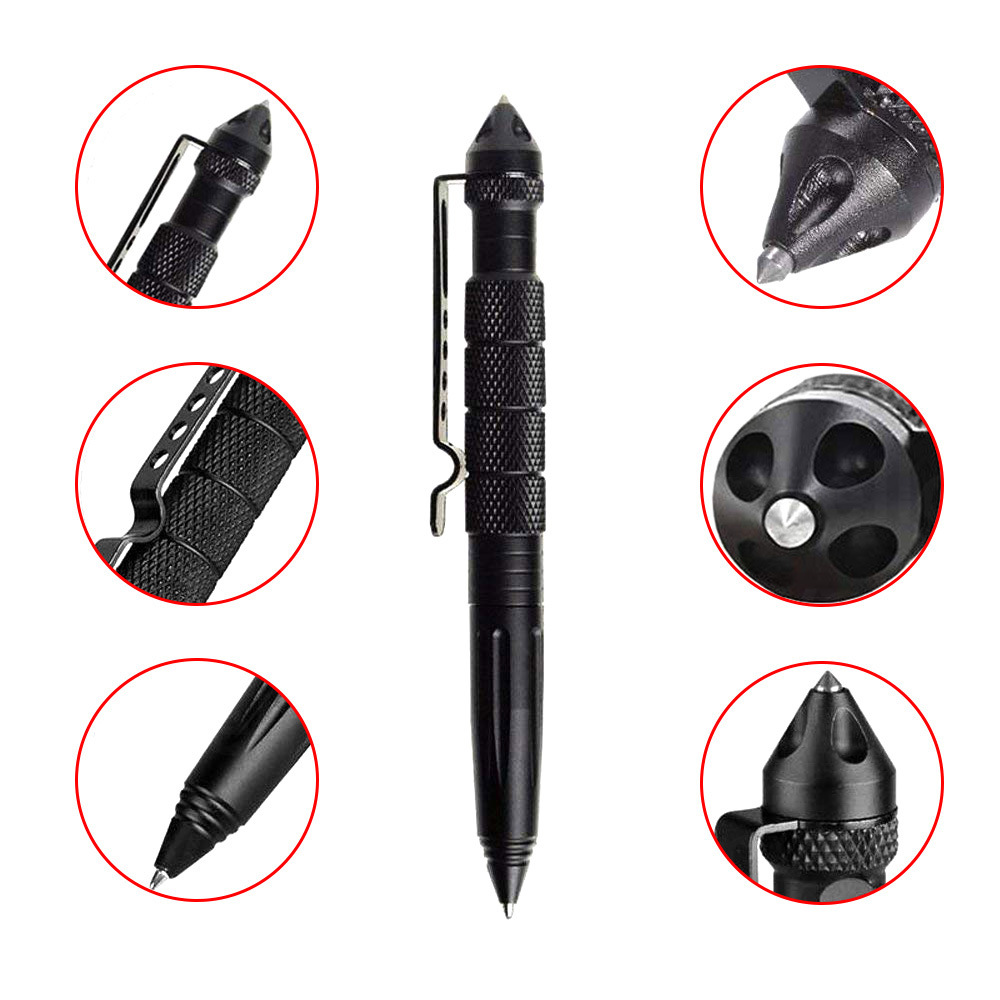Best Brass Knuckles Alternatives for Legal Self-Defense
Section 1: Non-Lethal Chemical Deterrents – Pepper Spray and Gel
When seeking legal self-defense tools, pepper spray remains one of the most widely recognized and accessible options. Unlike brass knuckles, which are banned in many jurisdictions, pepper spray is legal in most U.S. states and countries when used responsibly.
1.1 Types and Effectiveness
Modern pepper sprays come in multiple formulations to suit different scenarios:
- Traditional aerosol sprays – Disperses a wide cloud of oleoresin capsicum (OC), irritating an attacker’s eyes, skin, and respiratory system. Effective at distances of 6–12 feet.
- Gel-based sprays – Adheres to the attacker’s face, reducing blowback risk in windy conditions. Ideal for indoor or confined spaces.
- Stream sprays – Focused, long-range delivery (up to 18 feet) for precision targeting.
Key considerations: Look for products with a minimum 10% OC concentration and UV marking dye to help law enforcement identify assailants. Brands like Sabre Red and POM Industries offer compact, keychain-ready designs with safety mechanisms to prevent accidental discharge.
1.2 Legal Restrictions
While generally legal, pepper spray laws vary:
- Capacity limits: States like New York restrict canister sizes to 0.75 ounces.
- Training requirements: Massachusetts mandates a Firearms Identification Card (FIC) for purchase.
- Age restrictions: Buyers must be 18+ in most states.
Always verify local regulations before purchasing or carrying pepper spray.
Section 2: Tactical Illumination – High-Lumen Flashlights and Stun Devices
Tactical flashlights serve dual purposes: illuminating dark environments and disorienting attackers. When paired with stun gun capabilities, they become formidable non-lethal tools.
2.1 Features to Prioritize
- Lumen output: A minimum of 500–1,000 lumens is required to temporarily blind an assailant.
- Strike bezels: Serrated edges on the flashlight’s head can enhance grip and serve as an impact tool.
- Stun functionality: Devices like the VIPERTEK VTS-989 deliver up to 30 million volts to incapacitate attackers.
2.2 Legal and Safety Considerations
- Stun guns are legal in 43 U.S. states but banned in Hawaii, Rhode Island, and New York City.
- Air travel restrictions: Most airlines prohibit stun devices in carry-on luggage.
High-quality brands like Fenix and Streamlight offer durable, waterproof designs trusted by law enforcement.
Section 3: Audible Deterrents – Personal Alarms and Whistles
For those prioritizing non-violent deterrence, personal alarms provide a loud, attention-grabbing solution. These devices emit sounds exceeding 130 decibels—louder than a chainsaw—to startle attackers and attract bystanders.
3.1 Types of Audible Tools
- Keychain alarms: Compact devices like the Birdie Personal Alarm feature a pull-pin activation system and built-in strobe lights.
- Smartphone-linked alarms: Products like She’s Birdie sync with apps to send GPS alerts to emergency contacts.
- Whistles: Simple, low-cost options like the Storm Whistle can produce ear-piercing sounds audible up to 1 mile away.
3.2 Limitations and Best Practices
While effective in public spaces, alarms are less useful in isolated areas. Pair them with other tools (e.g., pepper spray) for layered protection.
Section 4: Compact Impact Tools – Kubotans and Keychain Weapons
Kubotans—small, rod-shaped tools—are legal in most regions and leverage pressure points to neutralize threats without causing permanent harm.
4.1 Design and Techniques
- Material: Aircraft-grade aluminum or steel ensures durability.
- Grip enhancements: Textured surfaces or finger grooves improve control during strikes.
- Legal versatility: Some kubotans double as window breakers or seatbelt cutters, adding practical value.
4.2 Training and Legality
- No permit required: Kubotans are unrestricted in most U.S. states and Europe.
- Skill development: Practice striking nerve clusters (e.g., wrists, temples) to maximize effectiveness.
Brands like Cold Steel and ASP offer discreet, keychain-compatible models.
Section 5: Improvised Everyday Carry (EDC) Items for Defense
In the absence of specialized tools, many common objects can serve as legal self-defense aids when used strategically.
5.1 Practical Examples
- Tactical pens: Durable pens with sharpened tips, such as the Smith & Wesson Tactical Pen, can target pressure points.
- Umbrellas: Heavy-duty models with steel shafts (e.g., Blunt Metro) can block strikes or jab at attackers.
- Belts: A leather belt with a metal buckle can disarm or disorient an assailant.
5.2 Legal and Ethical Boundaries
- Intent matters: Using everyday items as weapons must align with self-defense laws (i.e., proportional force).
- Avoid modifications: Altering objects to enhance lethality (e.g., sharpening keys) may violate weapon statutes.
This guide emphasizes adaptability, legality, and practicality, ensuring you can protect yourself within the bounds of the law. Always pair tools with situational awareness and de-escalation skills to minimize conflict.






